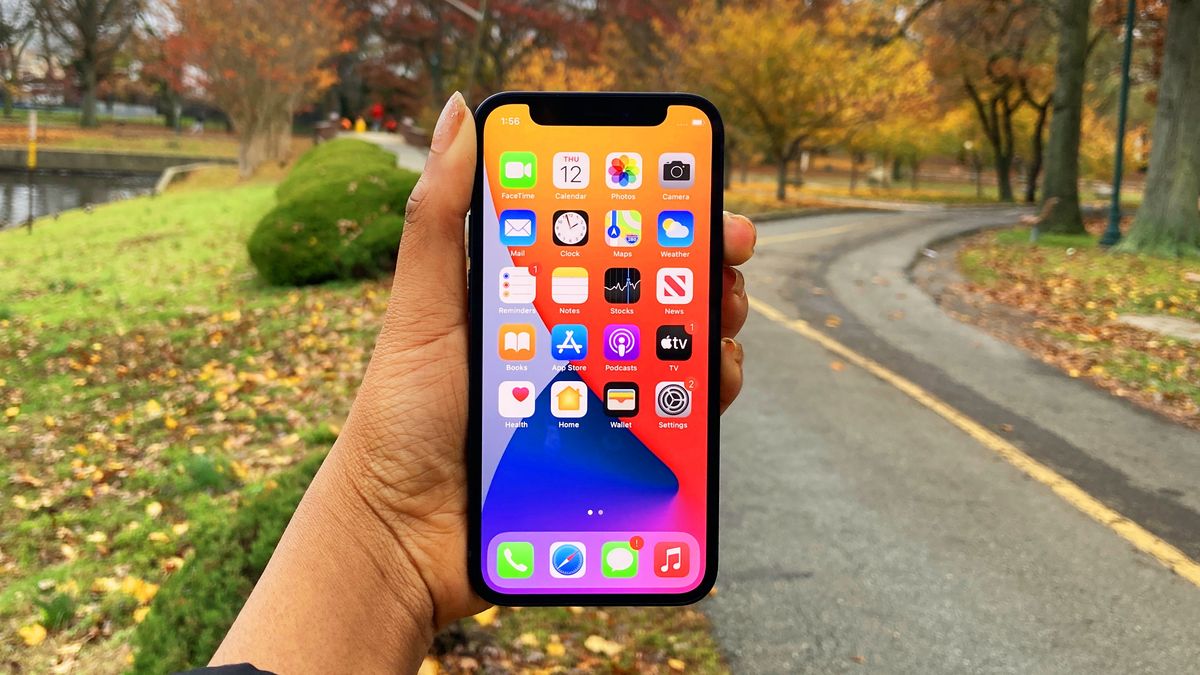

PHOTO:
James Thew
The account-based marketing (ABM) space is almost a year removed from its biggest acquisition (Demandbase’s buy of Engagio), and the software space has been anything but quiet since.
You could start with 6sense’s $125 million funding round on a $2.1 billion valuation in March. Preceding that were funding rounds in February for Terminus ($90 million) and Leadspace ($40 million).
Meanwhile, fellow ABM provider TechTarget, which acquired virtual events marketing platform BrightTalk in December for $150 million, posted annual revenues for 2020 of $148.4 million, up 11% from the previous year.
What does it all mean?
“From a cynic’s standpoint, you could say, ‘Well, this is a bubble,'” said Steven Casey, VP and research director who covers B2B marketing for Forrester. “I don’t look at it that way. I really think that there’s some pretty smart people who are betting on trends (in ABM) that are really happening. I’ve had an opportunity to speak to a number of the investors who made investments in these companies, and their thesis is that there’s an opportunity for these platforms to really become sort of center of gravity in the martech stack and be kind of the modern marketing platform. They think it’s a big opportunity.”
What Is ABM Again?
As a refresher, here’s what ABM software provides. ABM software helps B2B marketers identify and target the accounts (rather than individuals) and coordinate with sales. The foundational thinking is “accounts” drive sales in the B2B world, and account-based data and technology in ABM programs help marketers identify, attract, engage, convert, close and then measure progress against customers and prospects. Example vendors include: Demandbase, Engagio, Terminus, RollWorks, 6sense and more.
In the midst of the ABM funding flurry this March, Demabdbase rolled out the concept of Account-Based Experience (ABX) as a “go-to-market strategy that uses data and insights to orchestrate relevant, trusted marketing and sales actions throughout the B2B customer lifecycle.”
Traditional ABM focused on identifying valuable accounts and attempting to engage them, Demandbase officials said, but that often created a poor experience for buyers who want to engage with vendors on their own terms and on their own schedule. “And,” they added, “as the name Account-Based Marketing implies, these early attempts to be account-based didn’t sufficiently involve sales or other departments.”
Related Article: 5 Lesser-Known Ways to Use Intent Data for ABM
ABM and Marketing Automation Dynamics
Gartner estimated that total ABM platform revenue for 2019 was $450 million, a year-over-year increase of 30%. Marketing automation software will reach $8.42 billion by 2027 at a CAGR of 9.8% from 2020 to 2027, according to a 2020 study conducted by Grand View Research.
There’s no denying the movement in ABM. And marketers do grapple with choices when it comes to stacking up marketing automation platforms with ABMs. According to Forrester research released in December, more than a quarter of marketing automation platform users say they see no need to add an ABM platform, but nearly half of all ABM platform users are open to consolidating on that solution — and ditching their marketing automation suite — within three years.
That would be a big leap for many B2B marketing teams: ditching their marketing automation software. Just ask any marketing operations teams to do so, and the sweats likely come on fast.
“Buyers are definitely still OK with using both ABM and marketing automation software,” Casey said. “But what I’ve seen actually is there is movement among users to kind of converge between demand gen and ABM. It’s really demonstrating how much marketers are starting to think about this artificial separation between demand gen, lead-centric motions typified by the marketing automation platform, and then the account-centric motion of an ABM platform.”
Two-thirds of marketers in Forrester’s research keep the platforms separate, with completely different teams, infrastructure and processes for the two. However, 54% of marketers say their “desired future state” was to have demand and ABM practices at least “broadly aligned” — sharing people, processes, and tools — with 22% aspiring to “fully aligned” programs in a single initiative, according to Forrester data.
“They’re really starting to come together,” Casey said, “and I think that’s going to be significant, from a lot of different perspectives. ABM platforms have added email and more channels like additional advertising channels and site personalization. Email was a shot across the bow to marketing automation vendors, but they’re really in an arm’s race to build out as many channels as possible. ABMs seem to want to own as many of the channels as they can, or more of them (than marketing automation platforms), let’s put it that way.”
Related Article: Could Demandbase’s Acquisition of Engagio Signal Larger Martech Convergence?
Measuring ABM Impact
What’s hot in ABM right now from a marketing buyer perspective is the measurement of ABM impact, said Jon Russo, CMO and founder of B2B Fusion, a provider of ABM services. ABM introduces another way of measuring or another funnel if not implemented properly for the marketer.
“The ‘smart’ ABM platforms are trying to figure out ways to enable a legacy lead-based funnel and an account-based funnel into a ‘unified funnel’ for reporting for new-sell, cross-sell and upsell journeys,” Russo said.
The ABM future is going to be interesting, he added. While Demandbase digests the Engagio acquisition, its customers are at the early stages of recognizing the integrated ABX targeting platform benefits. Terminus, Russo added, closed on its Series C funding in February, and 6sense’s recent unicorn funding Series D valuation affords both of these companies the ability to acquire other ABM platforms, customer experience and measurement capabilities.
“The next 12 to 18 months could be very telling in this space,” Russo said. “Beyond the ‘unified funnel’ reporting vision, I’d expect more ABM investments in intelligent data (AI), deeper intent data capabilities and ‘next best action’ orchestration to save sales reps’ time.”
Real-Time Intent Data Surging
According to a report out last December from Gartner, providers in the account-based space have expanded offerings to include:
- Real-time intent and engagement data.
- Artificial intelligence to prioritize accounts and select tactics and messages at scale.
- Expanded orchestration capabilities.
Gartner analyst Craig Rosenberg told CMSWire one of the big things in the space is intent data, particularly for sales teams. “And you can see that in sort of the tie-back to the big funding that was announced with 6sense,” Rosenberg said. “Intent data is a part of an overall data story. I want to be more data-driven and that’s sort of the statement that’s been out there for so long, but actually you can be now. It’s actually doable.”
Message to the Marketer: Think Long-Term
Casey of Forrester said the bottom line is many organizations have robust implementations of marketing automation platforms they’re unlikely to ever displace. It’s hard to part ways with 10,000 nurturing campaign models in an Eloqua instance.
“I would talk to my existing vendors about what’s their vision of the future,” Casey said. “Years ago we talked about the rise of the ABM platforms and I wasn’t quite sure that they would mature quite as quickly as they have and build out these capabilities. But you could see a point where does it really make sense to have two big platforms in your stack that you’re paying a lot of money for? Start to have those conversations with your vendors now about their vision, how they can you support you to get more efficiencies … so it’s not all disconnected.”






